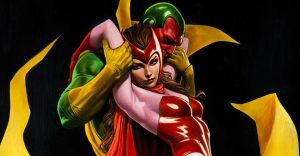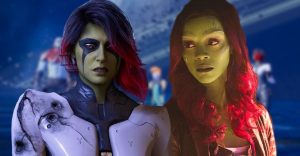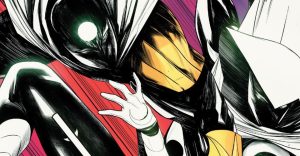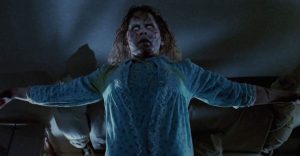Why Magic: The Gathering’s Double-Faced Cards Are So Good For The Game
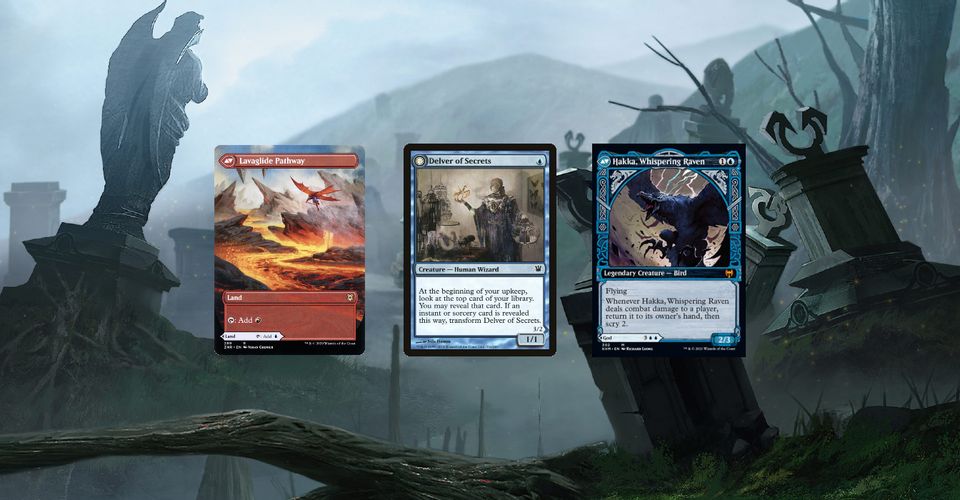
Magic: The Gathering is introducing new double-faced cards (DFCs) in Kaldheim, and with more confirmed to be coming in Strixhaven, it’s fair to say the mechanic has been heavily implemented in the game’s recent design spaces – and that’s a good thing. MTG double-faced cards aren’t new, but they’re something that had previously been done pretty sparingly, with Innistrad introducing the mechanic alongside the “transform” keyword and Magic: Origins notably introducing it as a means to transform creatures into planeswalkers.
From the beginning, Magic: The Gathering double-faced cards have felt special, with Innistrad producing designs that remain present in MTG today – Delver of Secrets is one such example, a card which successfully blended the potency of DFCs with the set’s lore and flavor to create a card that’s remained a staple of Legacy into 2021. Since then, the mechanic has helped create flashy, powerful cards like Jace, Vryn’s Prodigy and Nicol Bolas, the Ravager, two creatures that transform into impactful planeswalkers. Most recently, Magic: The Gathering‘s Zendikar Rising set introduced modal double-faced cards, which allow players to choose which side they’re using before playing them and have blended lands and spells in a way that’s never been seen before.
Kaldheim‘s gods will again change the way players look at Magic: The Gathering‘s double-faced cards, blending build-around permanent types like artifacts or enchantments into the god creature typing. With so much happening at such a rapid pace in the design space, it can be easy to forget double-faced cards remain pretty special as far as mechanics go, and that post-Strixhaven, the mechanic might be scaled back in frequency significantly. There’s a reason these cards are so exciting, though, and it’s hard to fault Wizards of the Coast for wanting to dig deep into all the ways it can explore double-faced cards.
Why MTG’s Double-Faced Cards Make The Game Better

The simple reason players love double-faced cards in Magic: The Gathering – especially modal double-faced cards – is that they improve the quality of gameplay more often than not. Modal double-faced cards give players a wider range of choices in one card, and the land/spell splits in Zendikar Rising were an excellent illustration of why that’s exciting: there are less instances of a player feeling like they drew the wrong card at the wrong time, or that there was nothing they could do in a given turn. The modal lands that allowed players to choose a specific color between two options also helped mitigate mana fixing problems, further reducing the amount of non-games players experienced from “unfun” factors like manabase issues.
Beyond that, though, double-faced cards allow for some intricate designs which wouldn’t be possible on cards with just one side. Magic: The Gathering’s Kaldheim gods are an excellent example of this – trying to approximate what they do on both their sides in one single-faced card would be borderline ridiculous. With MTG DFCs, the gods are given complex abilities that don’t overwhelm newer players but give experienced fans more options.
Finally, there’s something to be said for the cool factor in MTG double-faced cards. Double the artwork, double the possibilities, and the way they often play both their sides off each other make their printing compelling and makes each one feel special. Ultimately, like any other mechanic, double-faced cards will almost certainly out-stay their welcome if they’re printed too frequently, and without having seen Strixhaven‘s DFC designs, there’s the potential that exhaustion will set in soon. When they’re done well, though, and spaced out enough to feel unique, Magic: The Gathering double-faced cards simply make the game better for having them more often than they make it too complex or powerful.
About The Author












